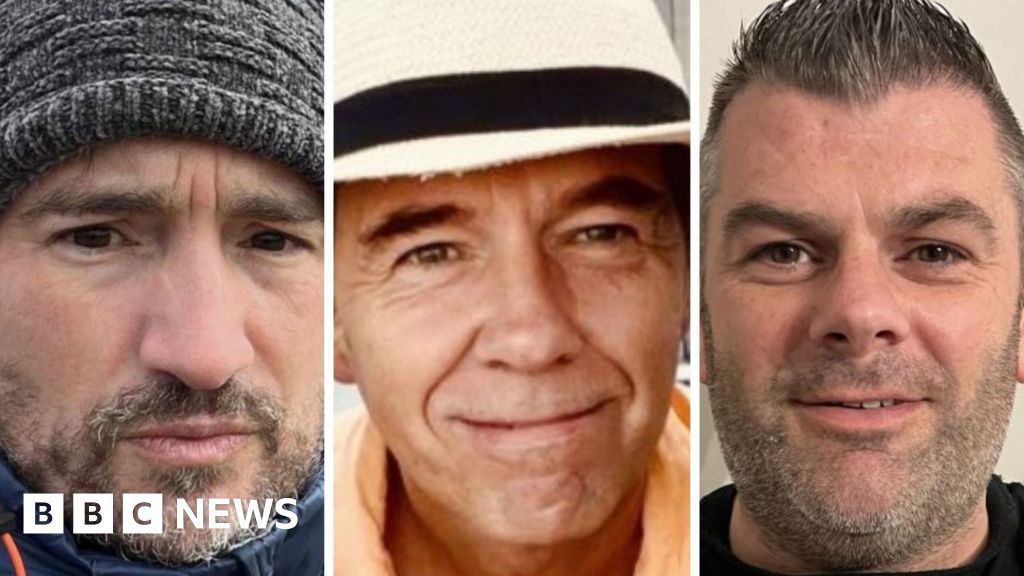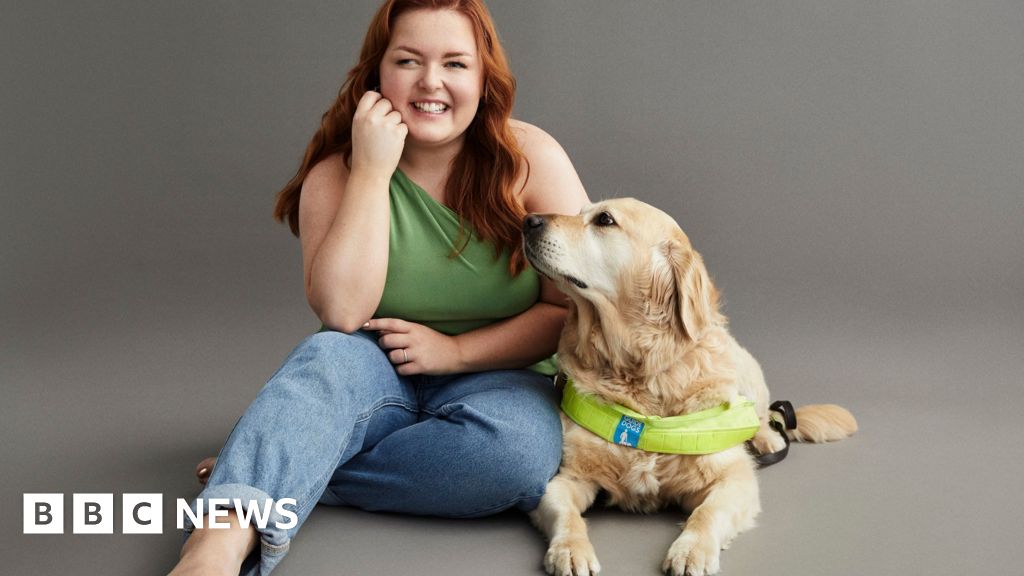ARTICLE AD BOX
By Nikki Fox & Matt Precey
BBC Look East

Figures obtained by the BBC show an increase in taxis being dispatched to 999 calls in the most recent financial year
Ambulance services are using taxis to take thousands of patients to hospital following calls initially categorised as urgent.
Freedom of Information Act figures indicate the practice is increasing as trusts struggle with pressures.
Patients ranged from a three-day-old baby in Yorkshire to a 103-year-old in Wales.
However, the NHS said only a tiny proportion of patients were taken to hospital in this way.
Trusts told the BBC cabs are used in such circumstances only when it was clinically safe to do so.
Across England, Scotland and Wales between April 2021 and the end of January 2022, there were more than 24,000 journeys where a taxi was sent following a 999 or 111 call.
This was more than 23% up on the previous year, based on figures supplied.
In Scotland and Wales, urgent calls are categorised differently, but those services provided equivalent figures.
'Clinically appropriate'
An NHS spokesperson said: "These figures account for just 0.3% of ambulance call-outs from April to January.
"Emergency ambulances are sent to life-threatening 999 calls, and taxis are only used to transport other patients when it is clinically appropriate and the patient agrees.
"It remains important that anyone needing emergency care dials 999, and the public use 111 online and local pharmacies for other health issues and advice."
NHS England said no patients confirmed as category one (C1) cases - classed as "immediate, life-threatening" - had been conveyed to hospital by taxi.
For the next urgent category - C2, involving a serious condition such as stroke - assessment will be made on the scene by paramedics before the incident can be downgraded and a cab called.
But thousands of C3 calls, requiring urgent transport, are being triaged by phone before a taxi is booked.
'I was gobsmacked'
Andrew Weeds was told he could have to wait for 15 hours for an ambulance after developing severe stomach pain
Andrew Weeds, 73 and from Norwich, thought he had appendicitis when he developed excruciating stomach pain.
His wife dialled 999, but was told by a call handler that an ambulance could take up to 15 hours.
A paramedic came on the line, and Mr Weeds recalled: "He said 'you need to get to hospital. I'm getting get a taxi for you'. I was wrapped in pain, vomiting too.
"I was gobsmacked to think in this day and age that they're using taxis to transport emergency cases to hospital like that."
At hospital, he waited seven hours to see a doctor and was eventually diagnosed with an infection.
"I thought what are things coming to, you know? But I accepted it and I was glad to see the guy turn up and get me to A&E. There's something very wrong, so let's hope they can sort it out."
The East of England Ambulance Service (EEAST) apologised to Mr Weeds but said the call was initially graded Category 5 - not urgent. It was then upgraded to C4 as less urgent, but requiring hospital investigation or assessment.
An EEAST spokesman said: "A decision to use a taxi to convey a patient to hospital is made only once reviewed by a clinician and deemed appropriate.
"Like other ambulance services across the UK, we have a long-standing arrangement with taxi firms and third-party providers to support our services."
Of the trusts which supplied data, North West Ambulance Service (NWAS) was the heaviest user of taxis following a call initially classified as urgent.
It said a proper assessment was always conducted and a taxi only called with the patient's consent.
Between April 2021 and the end of January 2022, NWAS sent taxis under C2 and C3 on more than 11,000 occasions - but the figure only reflected the initial categorisation given by the caller.
NWAS said all C1 and C2 patients receive an ambulance in the first instance and that C3 patients were offered a phone or face-to-face consultation after initial assessment to determine the most appropriate response.
Director of operations Ged Blezard said: "Taxis are arranged for a small number of patients who call 999, but only after they have been assessed by a clinician as being safe to travel to hospital in this way.
"Once the patient is assessed, if the clinician on scene feels it is safe to do so, the ambulance crew can then arrange transportation via a taxi but only with the agreement of the patient, and if they are unable to make their own way."
A paramedic who assesses patients over the phone, whose identity we are withholding, said: "We fully understand that a 10-minute taxi is better than waiting 10 hours for an ambulance. We just pray that we don't miss something during the phone conversation with the patient."
'It's very unfair'
One taxi firm manager said asking his drivers to transport 999 patients was unacceptable given their lack of relevant training
A manager at a taxi firm used by the EEAST, whose name we are also withholding, said asking drivers to respond to 999 was unacceptable.
He said: "It's very unfair on the customer who needs to get to the hospital. It's also extremely unfair on the driver, because he's got no training to deal with that sort of situation.
"He's a self-employed taxi driver. His only training is really to drive a car. He's got no first aid training or emergency medical treatment training. He'll probably not even be aware of what he was getting involved in at that particular time."
The trust said an ambulance is always sent if there is any question about the suitability of using a taxi.
Last resort
Of the 12 ambulance trusts in England, Scotland and Wales, 10 provided figures.
The Welsh Ambulance Service (WAST) was the second heaviest user of taxis for urgent calls, according to the available data.
In the financial year to January 2022, 5,398 patients were taken to hospital under calls categorised as amber, which is serious but not immediately life-threatening.
Lee Brooks, WAST executive director of operations, said taxis were used in such cases "when a clinician has assessed the patient first and determined it safe and clinically appropriate to do so".
He added: "A taxi is only used for red calls after a WAST resource has arrived on scene and clinically assessed the patient. This includes very young or elderly patients that have been triaged face to face by clinicians, who have deemed it safe for them to travel by alternative means, such as taxis.
"A taxi will never be the first resource on scene to a life-threatening call."
This was echoed by other trusts, as well as the Association of Ambulance Chief Executives, which all told the BBC that often a taxi would be used after clinical triage had downgraded the risk to the patient, and where medical intervention would not be required during a journey.

 2 years ago
40
2 years ago
40








 English (US) ·
English (US) ·